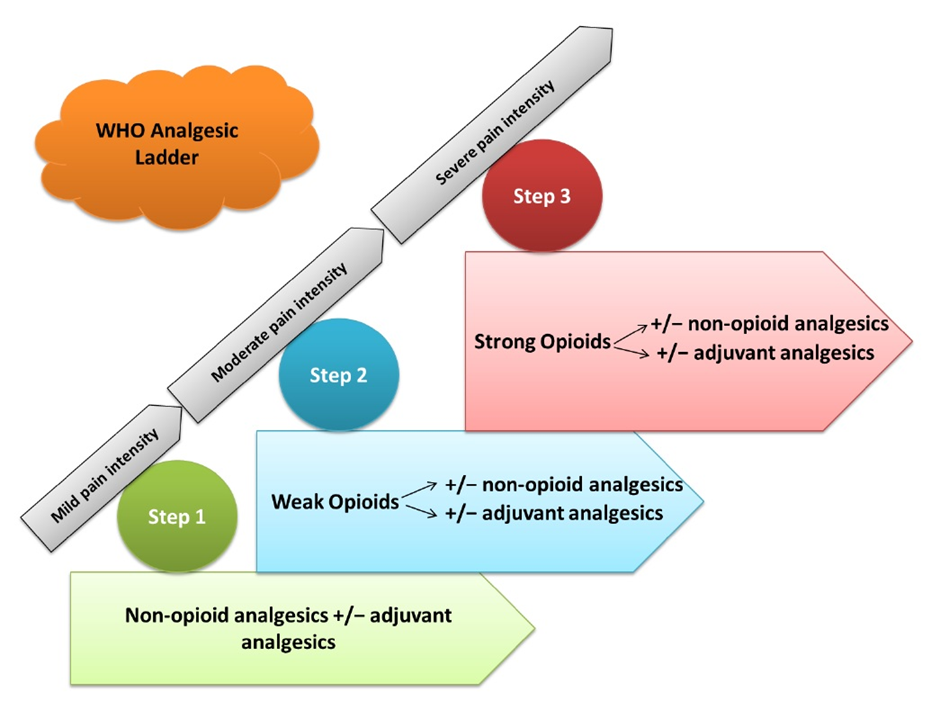A nurse is preparing to administer nitroglycerin topical ointment to a client. Which of the following actions should the nurse plan to take?
Measure the dosage of medication using the applicator paper.
Spread the medication over a 12.7 cm (5 in) area of the client's skin.
Cover the medication on the client's skin with a sterile gauze pad.
Apply the medication to the same site for three consecutive days.
The Correct Answer is B
Choice A Reason:
Using the applicator paper is appropriate for measuring the dosage accurately, but simply measuring the dosage is not the only step; the medication needs to be spread over the specified area of the skin.
Choice B Reason:
Spread the medication over a 12.7 cm (5 in) area of the client's skin. Nitroglycerin ointment is typically measured using a specific paper or measuring tape provided with the medication to ensure accurate dosing. The ointment is spread thinly and evenly over a specific measured area of the skin, usually about 12.7 cm (5 inches) in length, to maintain consistent dosing.
Choice C Reason:
Covering the medication with a sterile gauze pad is not typically done with nitroglycerin ointment. The ointment is meant to be absorbed through the skin, and covering it may interfere with its absorption.
Choice D Reason:
Nitroglycerin ointment is often applied to different sites to prevent skin irritation and tolerance from developing at one site. It's usually rotated to different clean areas of the skin to prevent skin irritation and tolerance buildup. Applying it to the same site for three consecutive days is not standard practice.
Nursing Test Bank
Naxlex Comprehensive Predictor Exams
Related Questions
Correct Answer is C
Explanation
Choice A Reason:
Meloxicam is incorrect. Meloxicam is a nonsteroidal anti-inflammatory drug (NSAID) used primarily for managing mild to moderate pain and inflammation. While it can provide relief for mild pain, it may not be potent enough to effectively manage severe pain, especially in cases of advanced cancer-related pain, where stronger analgesics are often necessary.
Choice B Reason:
Aspirin is incorrect. Aspirin, like meloxicam, is an NSAID used for mild to moderate pain relief and has anti-inflammatory properties. While it can be effective for certain types of pain, it's generally not the first choice for severe pain management, particularly in cases of advanced cancer-related pain where stronger opioids are typically required for adequate relief.
Choice C Reason:
Hydromorphone is correct. Hydromorphone is a potent opioid analgesic used to manage severe pain, especially in cancer-related pain or post-operative settings. In cases of severe pain, opioids like hydromorphone are commonly utilized due to their effectiveness in providing relief.
Choice D Reason:
Caldofor is incorrect. The term "Caldofor" does not appear to correspond to any recognized medication commonly used for pain relief. It's possible that this might be a misspelling or an unfamiliar or less common drug name. Without a specific drug identification, it's challenging to assess its suitability or effectiveness for managing severe pain associated with pancreatic cancer.

Correct Answer is D
Explanation
Choice A Reason:
. "I will check the client's INR before administering the heparin." Is incorrect. Checking the client's INR (International Normalized Ratio) is essential, but it's more applicable for monitoring anticoagulants like warfarin, not heparin. Heparin's effect is typically monitored via activated partial thromboplastin time (aPTT) or anti-Xa levels, not INR.
Choice B Reason:
"I will aspirate before administering the heparin." Is incorrect. Aspirating before administering heparin injections is not necessary because the medication is given subcutaneously or intravenously and not into a blood vessel.
Choice C Reason:
"I will massage the site after injecting the heparin." Is incorrect. Massaging the site after injecting heparin could increase the risk of bruising or hematoma formation at the injection site. It's generally advised to avoid massaging the area after a heparin injection to prevent tissue trauma.
Choice D Reason:
"I will apply pressure for 1 minute after the injection." Is correct. Applying pressure to the injection site for about a minute after administering heparin helps minimize the risk of bleeding or hematoma formation, especially with subcutaneous injections. This practice aids in reducing bleeding at the injection site.
Whether you are a student looking to ace your exams or a practicing nurse seeking to enhance your expertise , our nursing education contents will empower you with the confidence and competence to make a difference in the lives of patients and become a respected leader in the healthcare field.
Visit Naxlex, invest in your future and unlock endless possibilities with our unparalleled nursing education contents today
Report Wrong Answer on the Current Question
Do you disagree with the answer? If yes, what is your expected answer? Explain.
Kindly be descriptive with the issue you are facing.
